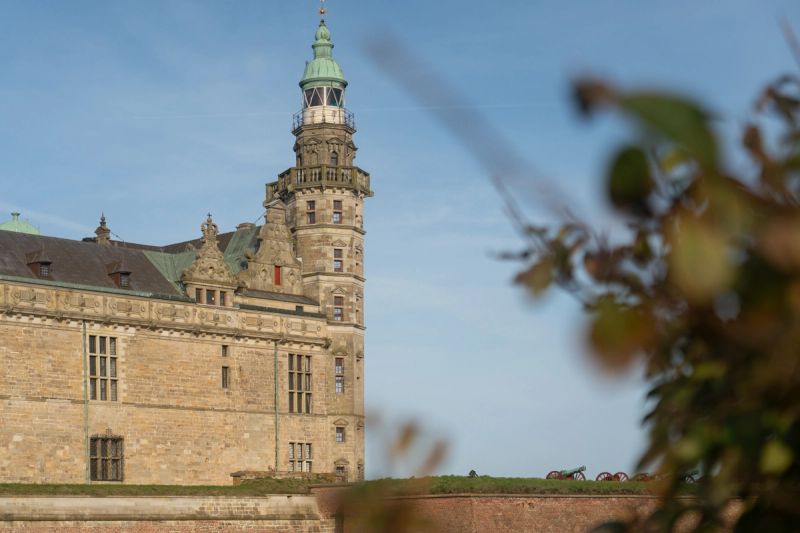Queen Sophie
Facts about Queen Sophie
Period
Queen Sophie of Mecklenburg lived from 1557 to 1631.
Marriage
She was married to Frederick II of Denmark and Norway and was queen from 1572 to 1588.
Interests
She managed her own estates effectively, took an interest in economics, and was known for her vast fortune, being one of the wealthiest women in Europe.
Family
She grew up in an important North German princely family and had a total of 7 children with King Frederick II - including Christian IV.
A child bride becomes queen
Queen Sophie of Mecklenburg was born in 1557 into a noble princely family in the North German Duchy of Mecklenburg. At just 14 years old, she married the Danish king Frederick II, who was 23 years her senior. While such an age gap might raise eyebrows today, it was quite common in the 16th century, especially in royal alliances. Despite the difference in age, Sophie and Frederick’s marriage was known to be both harmonious and loving.
Together, they had seven children, including Christian IV, who would grow up to become one of Denmark’s most vibrant and longest-reigning kings. Sophie proved early on to be far more than a queen and mother. She was intelligent, authoritative, and economically savvy, quickly earning a reputation as a woman who kept everything firmly under control.
Legend has it that Frederick even considered naming the new castle he built in Helsingør after his young queen: “Sophienborg.” Though the castle was ultimately named Kronborg, there’s no doubt Sophie left a lasting mark. Under Frederick and Sophie’s reign, the castle was transformed from a medieval fortress into one of Europe’s most stunning Renaissance castles - both a magnificent royal residence and a strategic stronghold.
Business woman
Sophie of Mecklenburg was far more than just a queen beside Frederick II. She was a savvy and visionary business woman with a sharp eye for economics. Even during her time at Kronborg, she played an active role in managing and administering the castle’s resources. After the king’s death in 1588, Sophie truly stepped into her own as one of the era’s most influential women. She took control of her estates and transformed them into some of the most profitable in all of Denmark.
Far from the typical Renaissance queen who was limited to embroidery and courtly life, Sophie acted like an early CFO overseeing everything from agriculture and tax revenues to investments and castle maintenance. Her economic expertise not only built her personal fortune but also helped secure the realm’s stability, especially as her son, Christian IV, was known for his more relaxed approach to finances.
Renowned for her skilled management, Sophie continued to wield political and economic power long after her husband’s death. She became one of the wealthiest women in Europe and maintained her influence until she died in 1631 at the age of 74.
In short, Sophie was anything but a passive figure in history. With her business savvy and political insight, she firmly established herself in both power and wealth, leaving behind a legacy as one of the most remarkable women of the Danish Renaissance.
